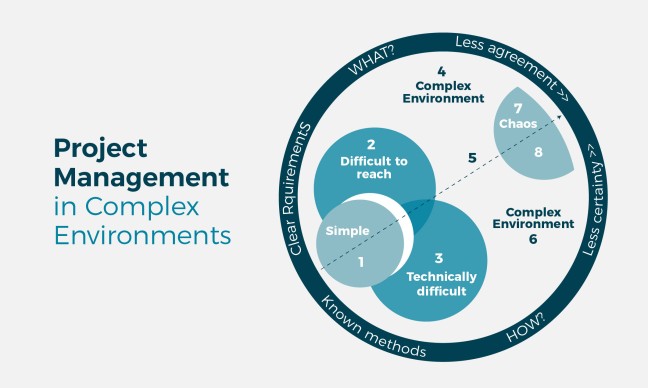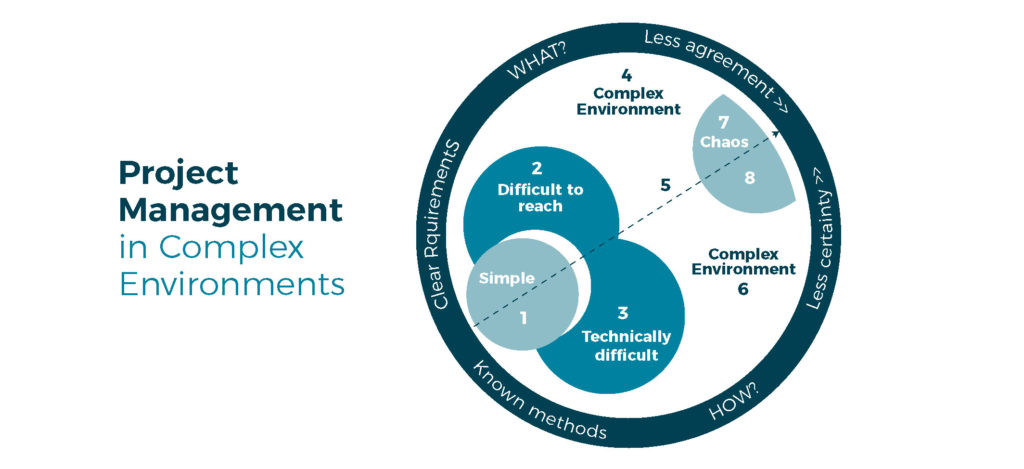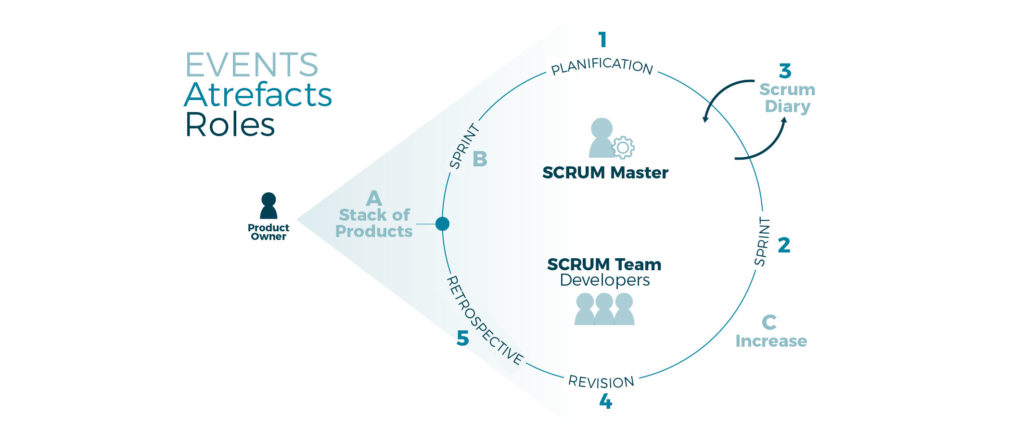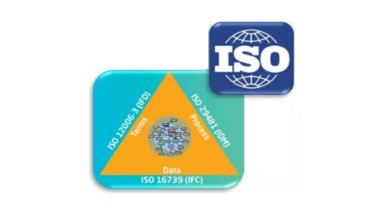Blog / BIM & Construction Management
Agile methodologies for the management of construction projects
Categories

The concept of Agility in software project management has been improving the productivity and quality of teams for many years. Although the principles can be applied to other industries, the implementation of Agility in the construction industry is taking longer than in other sectors, especially in the construction phase. The introduction of BIM methodology, which has very close ties to the technology sector, is speeding up the implementation process, mainly by teams that are incorporating Scrum or Lean.
The concept of Agility
The concept of Agility applied to construction is much more than a management tool or software for construction project management that enhances productivity. It is part of the digital transformation which has been incorporated into the industry. Undeniably, the massive incorporation of BIM methodology and its success is the leading cause of its growing implementation, not only in the design phases, but also in the Construction and Maintenance phases. Unlike the traditional vision based on the need for anticipation, Agility or, more specifically, agile methodologies in project management are based on a continuous adjustment of the project in complex environments.
Working in complex environments
In current construction projects and especially with BIM methodology, there is a tendency to use frameworks in complex environments, and, to be successful, we resort to agile methodologies or systems able to adapt the work of the teams to those environments as a fast and flexible response (Figure 1). This system for construction project management often transcends to the rest of the team that collaborates within the BIM environment, allowing its natural expansion.
Agility in the Construction Phase
In the design phase, we begin to find frequent examples, mainly of projects organized in BIM methodology, of agile management focused on the clients and encouraging their participation in the definition of the project. The construction phase has always been seen as a sequential activity linked to traditional waterfall management. And it is true that essential decisions may be postponed in other technology sectors, whereas in construction, it has always been more complex. But as things currently stand, with continuous scope changes, project corrections, search for alternative solutions that require significant fragmentation, it leads to a constant improvisation that makes it challenging to stick to a traditional schedule. Agile methodologies allow us to manage these detailed and manageable short-term schedules and to contemplate the delivery of alternatives. Undoubtedly, a hybrid traditional-agile option that ensures that coordination guidelines are contemplated is the best option for this type of project. Although time management and regularity of production are the main objectives in execution, agile construction allows the formation of small self-managed teams that are part of the key decisions, enhancing productivity in the process of continuous improvement.
Origins of Agile Methodologies
In the last 30 years, agile management has become an alternative that not only has improved the quality and speed of products’ market debut but has also increased the motivation and productivity of teams, especially technology teams. Agile methodologies are an alternative for construction project management involving new principles, values, benefits, and practices. Taking professionals out of their comfort zone and placing them in a self-managed multidisciplinary team focused on the client makes the project profitable and helps with the personal development of each of them.
In the 2001 Agile Manifesto, software professionals were invited to discuss an alternative to more formal and rigid methodologies which were not working for software development. It was based on four values as opposed to the existing methodologies: Individuals and their interaction over processes; The product that works over documentation; Collaboration with the customer over contractual negotiation; Response to change over following the Plan. That Manifesto marks twelve principles of agile methodologies that today can be transferred to any industry operating in complex environments, such as early and continuous delivery of value, changing requirements as an advantage, motivated, excellent and self-organized teams of constant pace, reflective, where business and development work together, and progress is measured by the product that works.
Agile practices most used in construction
Among the most widely used agile practices for construction project management is SCRUM, which focuses on working in a creative and adaptive team to solve complex problems, KANBAN, which focuses on reducing lead times and the amount of work in progress, and LEAN, which focuses on the continuous elimination of waste.
Although there are other agile practices, these are the most widely used in construction and are often mixed together and complement each other with different approaches and practices. SCRUM was defined by Nonaka and Takeuchi in the 80s in technology manufacturing companies as a new form of teamwork. Today it is the most widely used given that it can be easily applied to projects with unstable requirements that call for speed and flexibility. This lightweight framework is deliberately incomplete. It only defines the parts needed to implement the theory with rules that guide people's relationships and interactions and are based on the intelligence of the team.
Within that framework, various processes, techniques, and improvement methods can be employed. According to their own 2020 guide, it is based on empiricism, where knowledge comes from experience and observation and Lean thinking, which reduces waste and focuses on the essential. SCRUM employs an iterative and incremental approach to optimize predictability and control risk in Construction Project Management.
Beyond its roles and artifacts, SCRUM combines four formal events for inspection and adaptation within a container event, the SPRINT (Figure 2), as a working base, implementing the three empirical pillars: transparency, inspection, and adaptation.
Implementation of Agile Methodologies
Agile is not the only solution. It is easier to implement in projects with complex problems, unknown solutions, requirements that are going to change, which can be divided into small tasks and with a close relationship with the client. As already happened with the introduction of the BIM methodology, it will start with small teams, in specific projects, with professionals committed to the concept of Agility, undoubtedly close to technology.
In the construction phase, it may be more appropriate to use a hybrid project management system. There is no need to be afraid of integrating it into a company where it coexists with other types of project management systems. Step by step, the process of evangelization of the teams will happen. But above all, the implementation should focus on teams rather than individuals.
References
Fowler, M., & Highsmith, J. (2001). The agile manifesto. Software Development, 9(8), 28-35. Nonaka, I., & Takeuchi, H. (1986). The new new product development game. Harvard business review, 64 (1), 137-146. Owen, R., Koskela, L. J., Henrich, G., & Codinhoto, R. (2006). Is agile project management applicable to construction?. In Proceedings of the 14th Annual Conference of the International Group for Lean Construction (pp. 51-66). Schwaber, K., & Sutherland, J. (2020). La guía Scrum. La guía definitiva de Scrum: Las reglas del juego.





